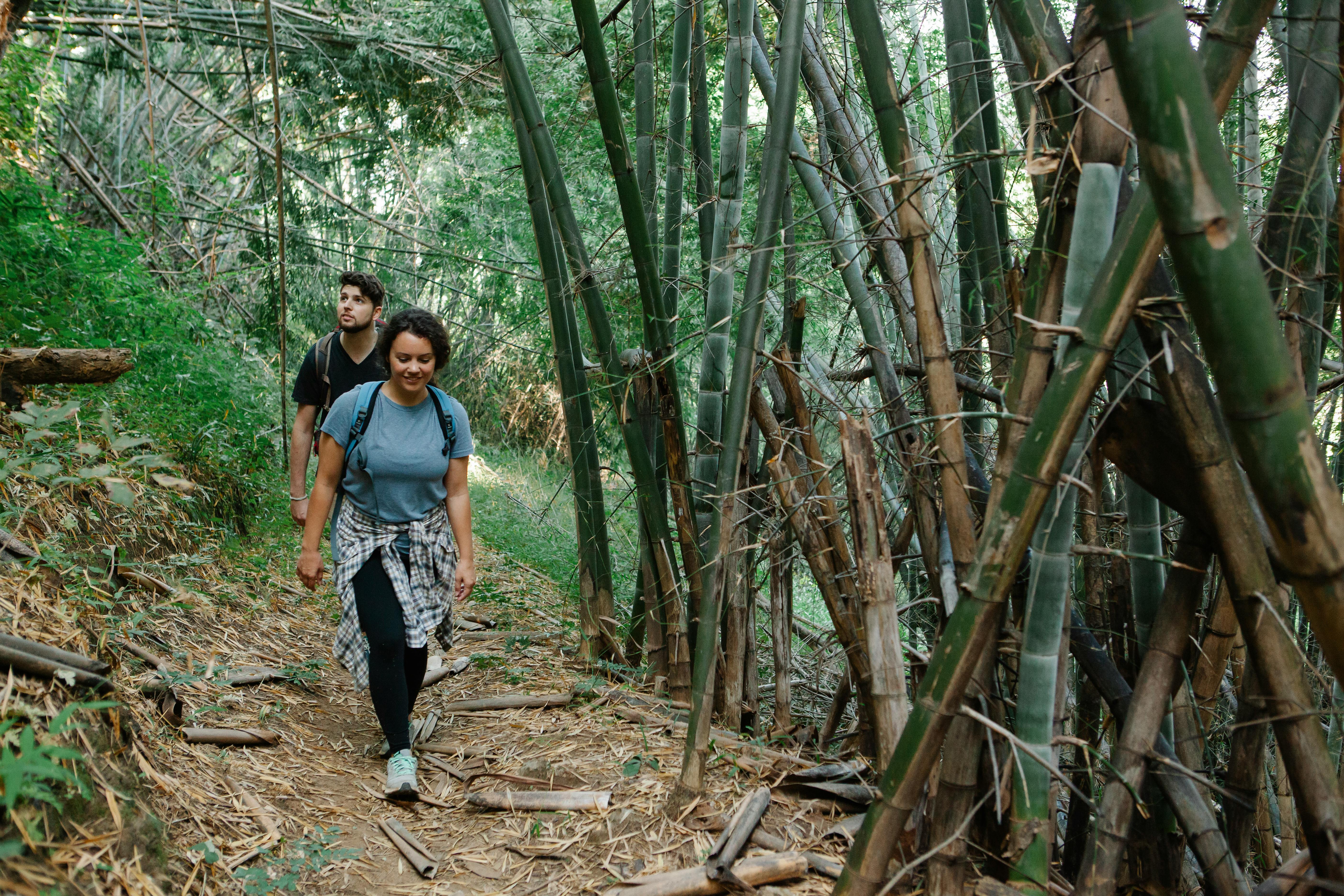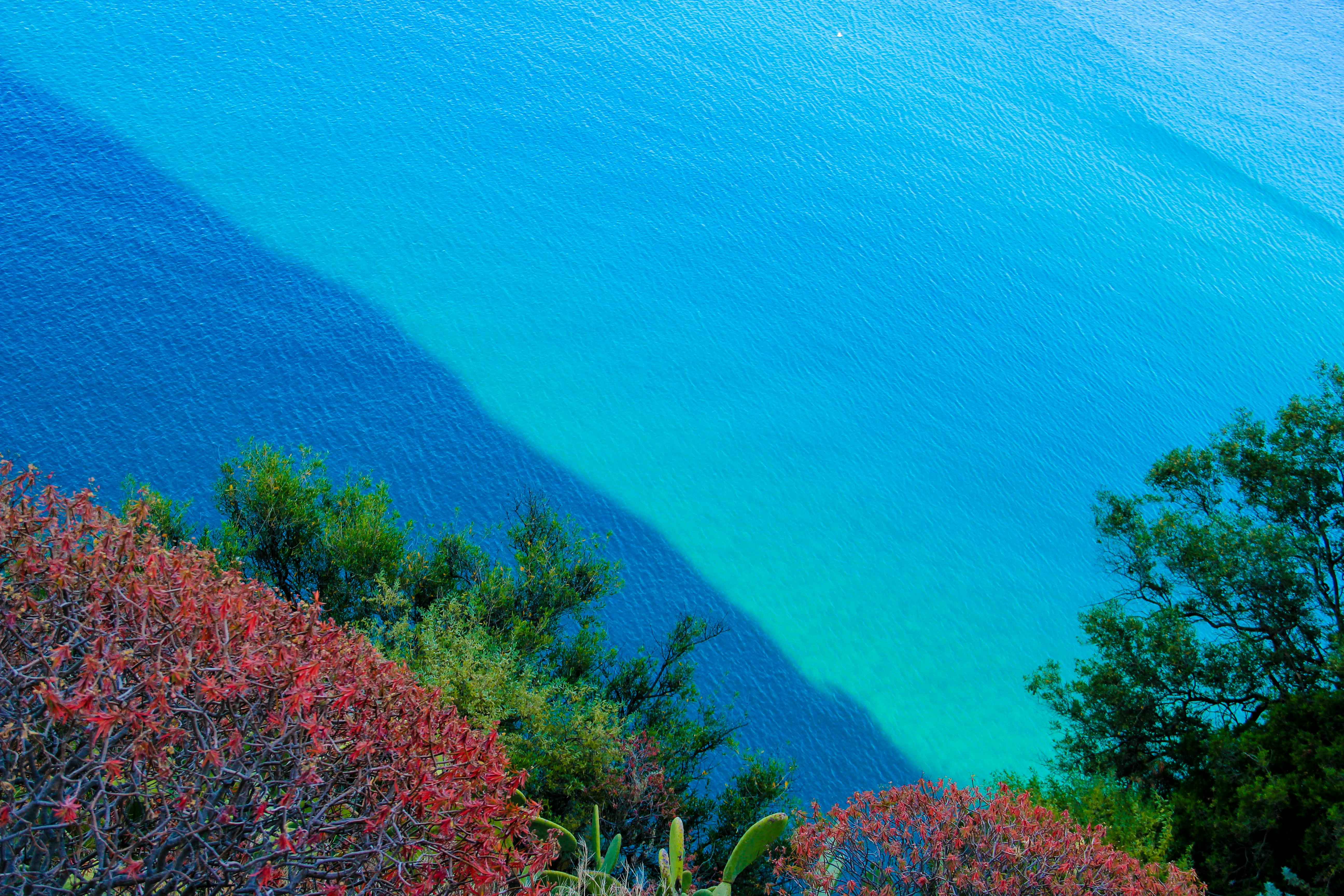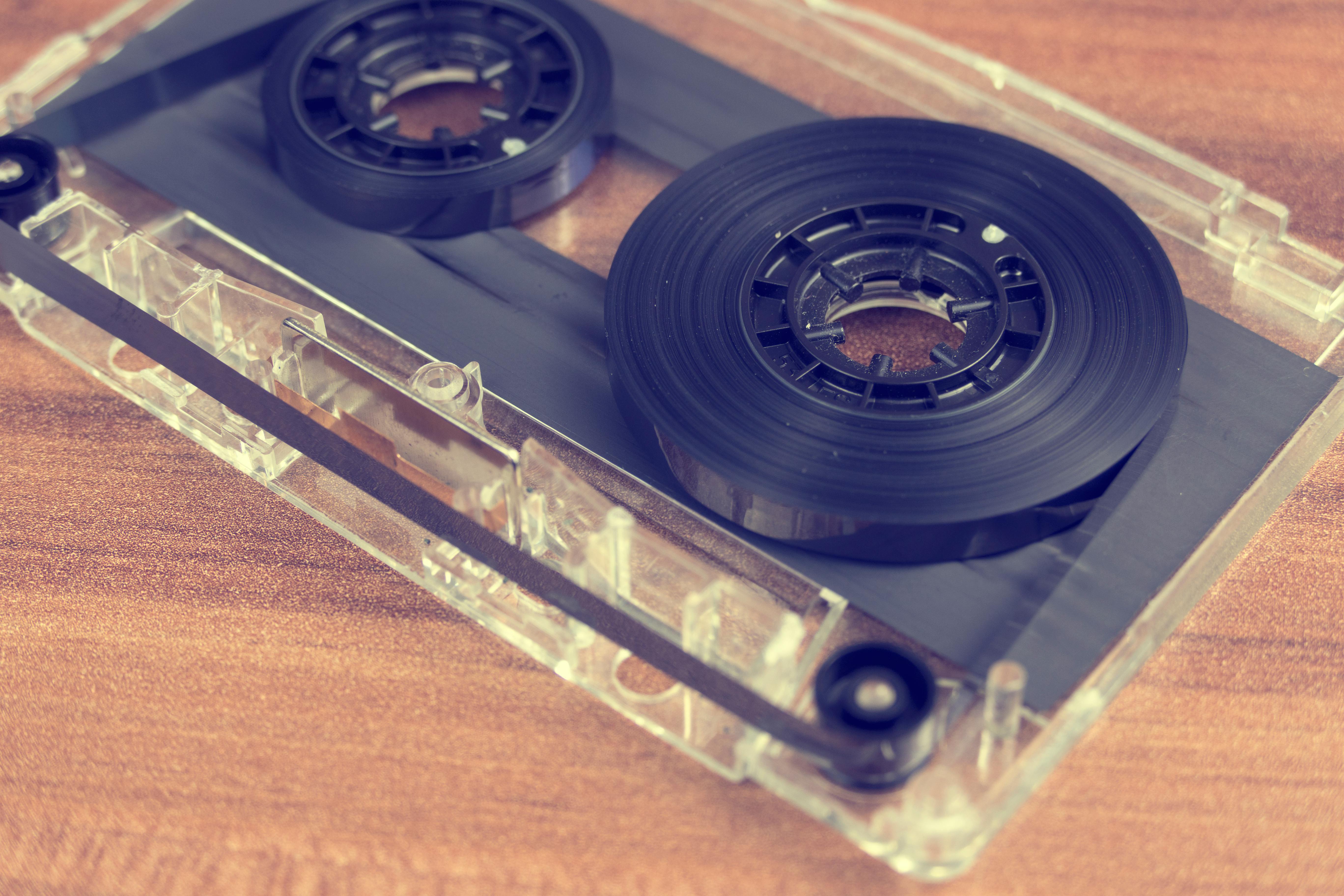
How to catch a fish on any beach in the world
I’m sure you’ve seen them there, when you went to the beach: sunglasses, hat and shorts worn by barefoot guys with long skinny fishing poles staring into the horizon. I also bet you wondered what they caught, if anything, and how they know where and when to fish.
I know I did until I tried my hand at surf fishing, and after many hours of getting nothing but toes, I finally figured out what surf fishing is all about, and ever since, it’s become a hobby. almost spiritual, being alone. on the beach, in the early hours of the day watching the sunset, trying to outwit the crafty surf fish.
The truth is that when the surf fish are running around, they are almost ridiculously east to catch, as long as you understand the basics of surf fishing. Every year between Christmas and New Years, I go to the beach with a bucket and a fishing pole, half-filling the bucket with Barred Perch, a staple of Southern California and the Baja California coast of Mexico. Barred Perch spawn at this time, so there is plenty to catch in a couple of hours to make a good meal for a crew of six or eight.
After mastering the barred perch, I turn my attention to other beach dwellers, including Corbina, the king of California and Mexican surf fish, and Spotfin Croaker, one of the best fish in the waves. I have friends who even target Halibut from the surf and have seen them land fishing 36 inch California Halibut on a fly from the surf. In fact, the world record-holding fly fisherman for Halibut in two separate line classes regularly fishes the waves less than 5 miles from my house, and that’s where he hooked his record holders.
I have successfully exported my surf fishing knowledge deep down the Mexican Pacific coast, the US Gulf Coast, the Northeast, the Mid-Atlantic states and even into the Far East. I fished alongside an elderly Japanese man sitting on a beach in the inland sea of Yamaguchi Prefecture, on the southern tip of the island of Honshu, as he explained in excruciating detail exactly how to catch, rig, and hook the appropriate bait.
H was speaking in Japanese, of course, while I smiled, nodded, and interjected the occasional “ah, then.” I actually speak some Japanese, but it’s limited to ordering food, finding the bathroom, and bothering young girls, so the vast majority of what he was saying was slipping past me, but I would never have said he was just picking up on it. about every fourth word.
Ok, so far my surf fishing exploits, I’m sure you’re wondering, “How CAN I fish in the surf anywhere in the world?” Well, I’m glad you asked. The first thing you have to understand is that the fish you are going to catch in the surf know what they are doing. This is their habitat. These are not fish that normally inhabit deeper water, but wandered to the water’s edge, these fish are there intentionally. It’s what they do. They are good at it. The only reason they are here is that they are hunting for food. They’ve learned to carve out an existence by eating what’s on the very beach you’re standing on.
I have to laugh when talking to a surf fisherman I come across. He was talking to a particularly frustrated guy who was fishing in Malibu and he was complaining that the guy who had this place right before we came here was catching a lot of bass but wasn’t having such luck. I asked him what he was using as bait and he showed me this package of fresh shrimp that he had just bought at the supermarket. Well, trust me, this was not fresh shrimp, it was thawed, and it sure looked like farm-raised shrimp from Thailand to me.
You’ve done much better taking those shrimp home, sautéing them with a little butter, garlic, and lemon, and pouring them over some pasta, than wasting your time fishing with them off a California beach. This was mistake number one.
As I stood watching and talking to this angler, I also noticed another serious gap in his surf fishing knowledge. The tide was receding. A receding tide is the worst time to fish in the swell. Take a moment to think like a fish that lives and hunts in the waves. The tide recedes exposing the beach to the other large predators of the surf, the birds. The birds disperse producing and rummaging through the sand in search of small creatures to eat.
They dig up clams, sand crabs, worms and ghost shrimp, whatever they can find to eat, now that the newly discovered seabed is exposed, they find and kill all manner of creatures and leave behind a mess. They dig small holes with their beaks, scratch the sand with their feet, and do their best to leave no stone unturned.
As the tide begins to rise, each wave rises up the beach a bit, scaring away the birds and carrying the newly loosened sand from one side to the other. While the seabirds found plenty to eat, they certainly didn’t get everything. Many creatures successfully evaded the birds, but their burrows, semi-safe nooks and crannies where they hid are now in disarray and further destroyed by the incoming tide. Many of these creatures are now being washed away by the rough water of the waves.
The now free creatures are now easy prey for marine predators, the surf fish. Surf fish follow the tide by feasting on the buffet the birds discovered and the incoming swell is now free. This is how surf fish make their living.
Well, you should have learned two very important principles by now. First, is that surf fish forage for natural food while chasing the waves. A cut up piece of squid, a deep-sea dweller, is out of place on the surf line, and while a particularly dumb fish will bite into it because it looks interesting, or a spawning-frantic fish might eat it in its spawning stupor, the average and intelligent surf predator (since he’s been around that long) will view him with some suspicion.
When you go to a surf beach, look for local natural bait. It digs in the sand at the surf line for small shellfish, clams, sand crabs, or worms. The best time to do this is at low tide because you will have the greatest amount of underwater surface exposed. You’ll probably scare away the birds as you scavenge and poke in the sand. In southern California, the most common beach creature is the sand crab.
These pea-sized shellfish are fairly easy to catch with a special rake that allows you to sift them through a screen that passes the grit but not the crabs. You can also catch them with a bucket and some water, just like panning for gold.
You will do much better using local natural bait than anything else. I know a well-to-do retiree who surfs and has not yet realized this fact. He sends to Maine to buy special worms that are $7.50 each and sends them Fed Ex’ed to fish with and he can’t figure out why the kids with their homemade sand crab fish for it. If you prefer to buy bait, find a local bait shop and ask them what works best and what they have for sale. They often have local, usually live baits to sell to serious surf anglers.
The second principle is to fish the incoming tide. Surf fish wait for the tide to come in. They know when he comes in and they are in line waiting for him to come in. Experience and smell have taught them that the time to eat is the rising tide. The absolute best time to surf is from the middle of the two hours before high tide to high tide.
This is the only time I fish, those two hours. He comes around twice a day, so you should be able to fit him into your schedule. While you’re at the bait and tackle shop, ask them for a tide chart. They are usually free, and if not, there are tide calculators on the Internet that will allow you to calculate the tides for any day anywhere in the world.
Here’s a surf fishing secret that I bet you never thought of, but given my stories and explanations above, I bet it makes sense to you. How far do you think you have to cast to catch fish in the waves? Well, I’m sure you’ve seen guys with 14 foot long rods wade waist deep in the water and throw several hundred yards off the beach, and I’m sure there are some types of fish that are caught that way, like striped bass along the east coast.
However, if you are targeting surf fish, not deep-sea species, the correct answer is, not far. I catch the vast majority of my surf fish in ankle deep water, certainly shallower than knee deep. Sometimes along the Pacific coast beaches I see fish literally feeding with their backs out of the water!
I like to cast right in front of the slowing wave, in the white water. This is the home of the surf fish. They are close. I slowly retrieve by dragging my bait down the slope of the beach, and if I do get hit, most of the time, it’s in very shallow water, like between the ankles and knees. Surprised? I was when I started leaning towards surf fish. It is now my ‘market’ where I stop to buy fresh fish whenever I feel like it.
So there are my secrets: 1) fish with local bait that you can collect yourself from the beach at low tide, 2) fish the last two hours of the incoming tide, and 3) fish shallow.






